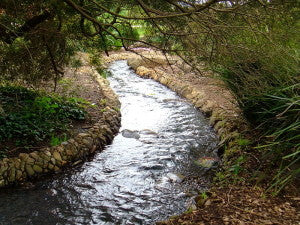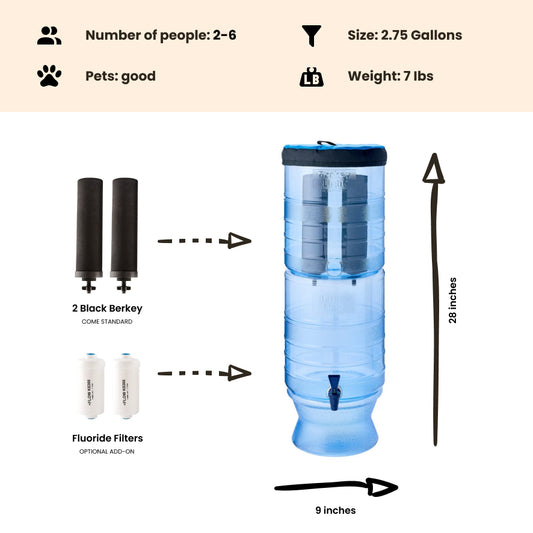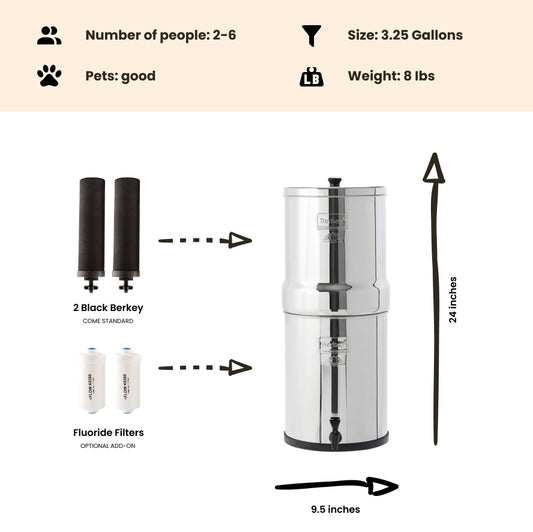
High-res Maps Assess the Impact that Cities have on Aquatic Ecosystems
By Dan DeBaunShare
Scientists from the Department of Energy (DOE) have developed a new method of mapping that can help town planners reduce the environmental impact that a city's energy and water demands can have on the ecology of surrounding streams.
In a report that was recently published in the journal Proceedings of the National Academy of Sciences, DOE researchers from the Oak Ridge National Laboratory used high-res geospatial models to determine the environmental impacts of energy, water and land infrastructure on the country's streams and rivers.
The scientists used streamflow data obtained from the US Geological Survey (USGS) to map changes observed in the natural hydrology, which in turn helped them get a better understanding of how infrastructural development and competition for water resources impacts the environment nationwide. This data-intensive approach provides some insight on the effect that urban infrastructure has on both aquatic species and the countries water resources, and the information could help city managers reduce the burden on regional aquatic ecosystems.

A new study from ORNL shows the far-reaching impacts of US cities' energy consumption on regional ecosystems. Urban areas cover only about 5 percent of the Southeast's landscape but cities' water and energy infrastructures often extend well beyond urban areas as power plants (represented as black dots) are distributed throughout the entire region.
According to the authors, the combined effects from the transformation of urban landscapes and power production negatively impact 7% of streams across the US, influencing the aquatic habitat of over 60% of all freshwater fish, crayfish and mussel species across the country.
"When you consider that most of these streams include big rivers and their major tributaries with abundant species, the environmental impacts are staggering," said Ryan McManamay, an aquatic ecologist with ORNL's Environmental Sciences Division and Urban Dynamics Institute, and lead author of the study.
The researchers analyzed the impact on 1223 species of fish, crayfish and mussels for the study. Of these, 260 or more are currently locally extinct, while many of the others are listed as endangered. The researchers also looked at specific case studies of five cities — Atlanta, Knoxville, Las Vegas, Phoenix and Tucson — creating models that characterized region-specific geographic variables and isolated the land-energy-water footprint that the surrounding landscape of each city had on the environment.
In all five cities assessed urban land transformation had the greatest negative effect in terms of the length of stream impacted than any of the other factors assessed, including power production. Construction of buildings, roads, and other impervious concrete surfaces changes the natural water-cycle, reduces the water supply for communities living further downstream, and can reduce biodiversity and threaten the existence of aquatic organisms.
"Urban land transformation and electricity production are important issues for cities because their impacts will grow as cities continue to develop their infrastructures," said ORNL co-author Budhendra Bhaduri, Director of the Urban Dynamics Institute.
The study shows that the impacts on natural ecosystems are not necessarily directly proportional to the population size of cities — bigger cities don't always have more of an impact than smaller cities. The researchers emphasize the need for cities to work together to develop local policies that will enable them to reduce their impact on regional ecosystems as many energy, water and land infrastructures are managed by local utilities and governments.
"Both the source and solution to global environmental challenges may lie in the hands of cities. Unfortunately, the changes we discuss are highly transformative, not cheap," said McManamay. "Our goal here is to give cities a way to look at the big picture, so to speak, and to generate metrics that will help them move toward more environmentally sound policies as they continue to develop."
-
Regular price From $302.00 USDRegular priceUnit price / per
-
Regular price $234.00 USDRegular priceUnit price / per
-

 Sold outRegular price From $305.00 USDRegular priceUnit price / per
Sold outRegular price From $305.00 USDRegular priceUnit price / per -
Regular price $327.00 USDRegular priceUnit price / per
-
Regular price From $367.00 USDRegular priceUnit price / per
-
Regular price From $408.00 USDRegular priceUnit price / per
-
Regular price From $451.00 USDRegular priceUnit price / per

Dan DeBaun
Dan DeBaun is the owner and operator of Big Berkey Water Filters. Prior to Berkey, Dan was an asset manager for a major telecommunications company. He graduated from Rutgers with an undergraduate degree in industrial engineering, followed by an MBA in finance from Rutgers as well. Dan enjoys biohacking, exercising, meditation, beach life, and spending time with family and friends.
~ The Owner of Big Berkey Water Filters
















